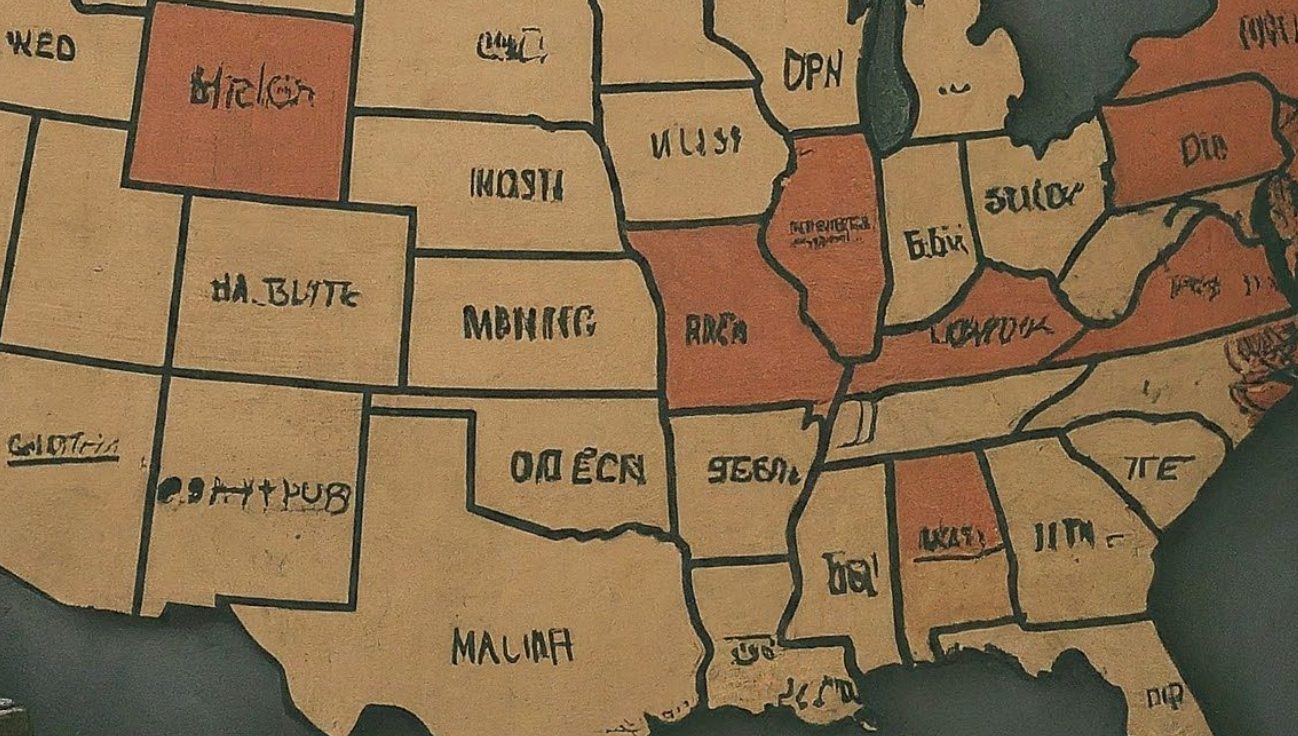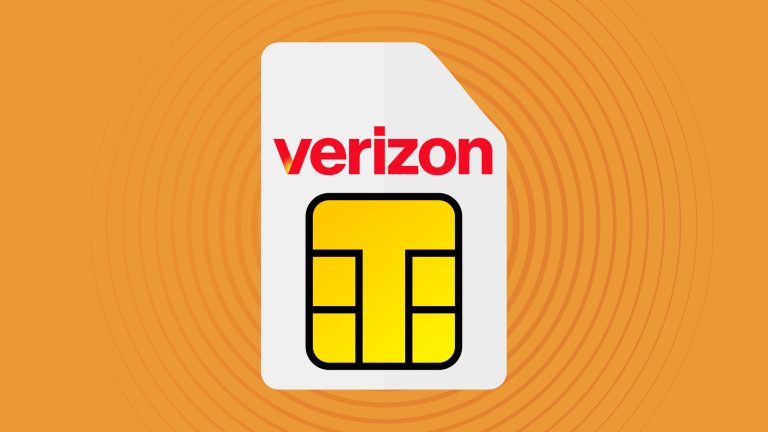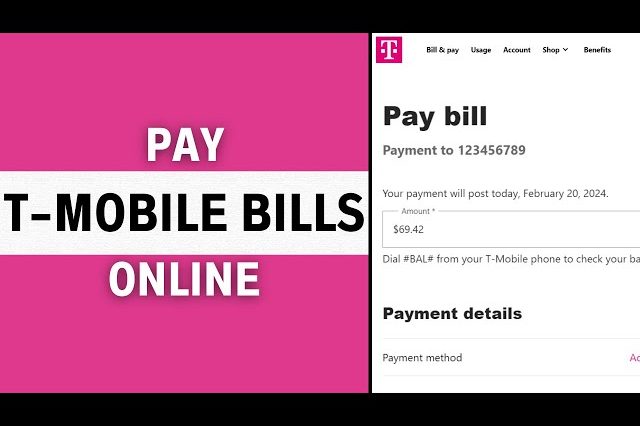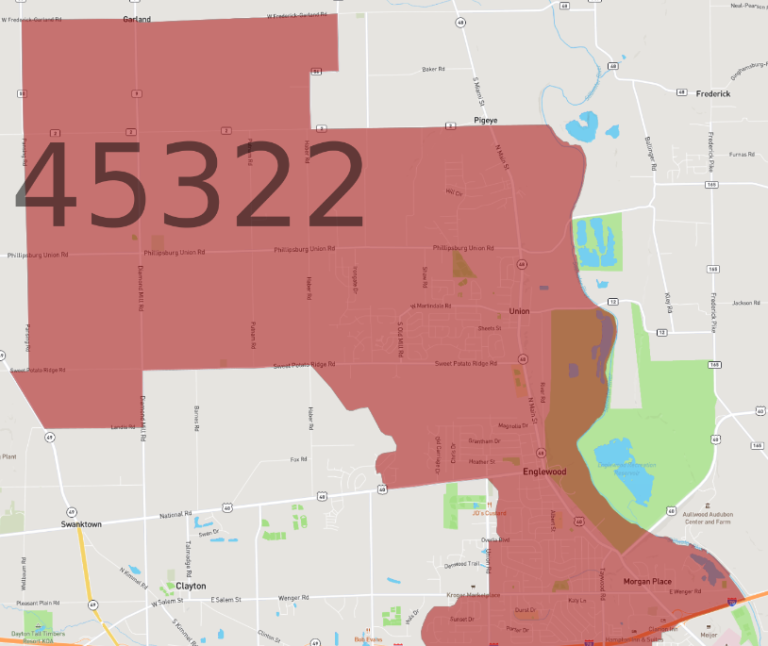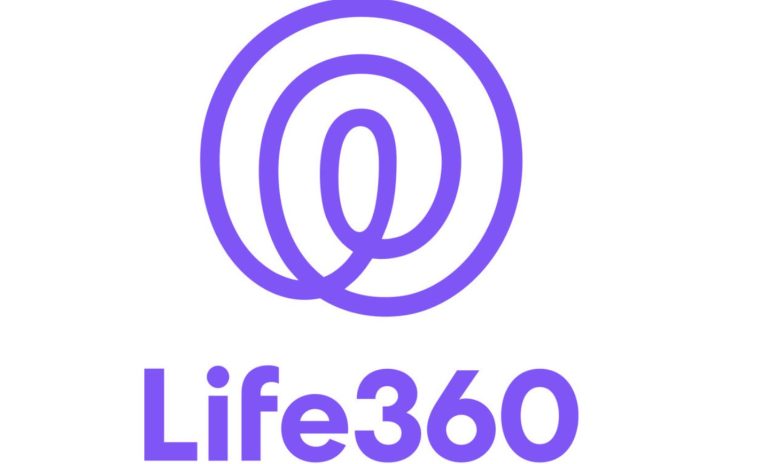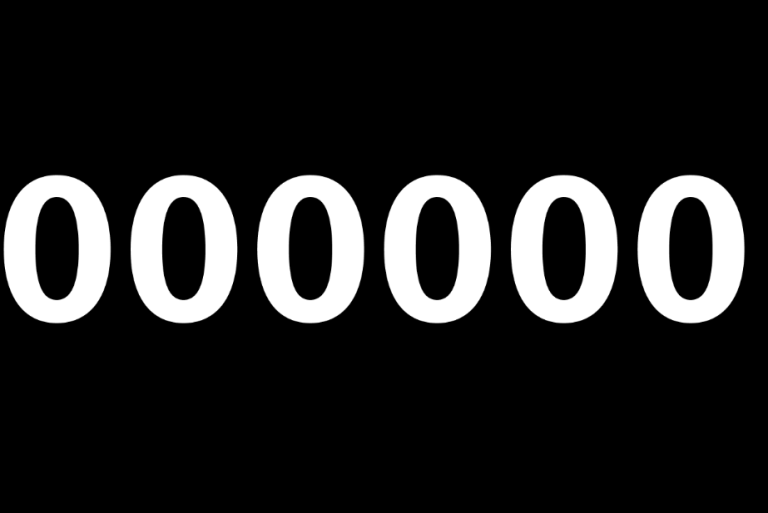The poorest zip code in USA isn’t a singular location but rather a multitude of areas scattered throughout the country, each grappling with unique challenges of economic hardship, limited opportunities, and systemic inequalities. These zip codes, often tucked away from the national spotlight, represent communities where poverty is not just a statistic but a daily reality for many residents.
Contents
Identifying the Poorest Zip Code in USA: A Complex Task
Determining the absolute poorest zip code in USA is a complex task due to several factors. Poverty is a multifaceted issue influenced by various socio-economic indicators, including median household income, unemployment rates, educational attainment, and access to basic necessities like healthcare and affordable housing. Additionally, the dynamic nature of economic conditions means that poverty rates can fluctuate over time.
Factors Contributing to the Poorest Zip Code in USA
Several interconnected factors contribute to the persistence of poverty in certain zip codes across the United States:
-
Economic Disparities: The income gap between the wealthy and the poor has widened in recent decades, leaving many communities struggling to keep up with the rising cost of living.
-
Limited Job Opportunities: Many poorest zip codes in USA suffer from a lack of well-paying, stable jobs. This can be due to factors like deindustrialization, automation, or geographic isolation.
-
Educational Barriers: Inadequate educational resources and opportunities can limit social mobility, trapping individuals and families in a cycle of poverty.
-
Lack of Affordable Housing: The shortage of affordable housing forces many low-income families to spend a disproportionate amount of their income on rent, leaving little for other necessities.
-
Systemic Inequalities: Historical and ongoing discrimination based on race, ethnicity, and other factors can exacerbate poverty in certain communities.
Case Studies: Poorest Zip Codes in USA
To shed light on the reality of poverty in the United States, let’s examine a few case studies of zip codes that consistently rank among the poorest:
1. 48204 (Detroit, Michigan): This zip code, located in the heart of Detroit, has long been associated with economic hardship. It grapples with high unemployment rates, abandoned properties, and limited access to basic services.
2. 38126 (Memphis, Tennessee): This zip code, situated in South Memphis, faces challenges of poverty, crime, and poor educational outcomes. Many residents struggle to find stable employment and adequate housing.
3. 79936 (El Paso, Texas): Located near the U.S.-Mexico border, this zip code experiences high rates of poverty, particularly among immigrant communities. Limited access to healthcare and social services further exacerbate the challenges faced by residents.
4. 10453 (Bronx, New York): This zip code, situated in the South Bronx, is known for its high poverty rates, concentrated public housing, and limited economic opportunities.
Solutions and Initiatives: Addressing Poverty in the Poorest Zip Codes in USA
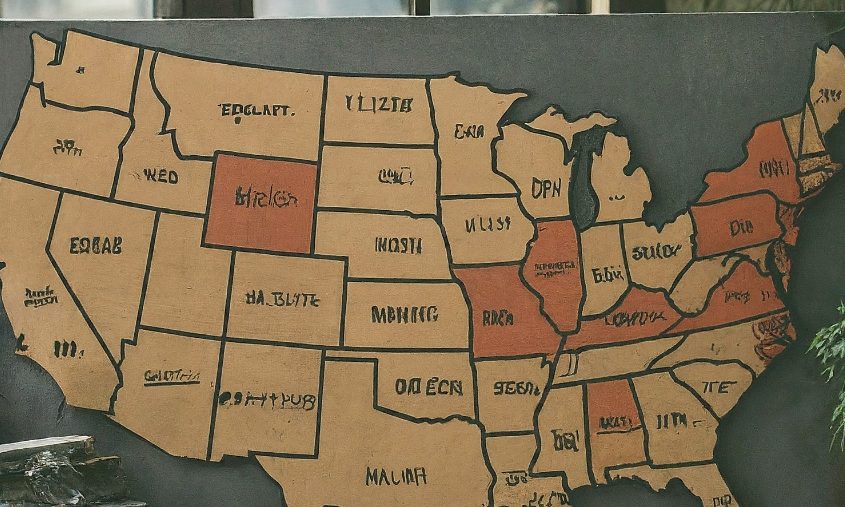
Read More: Free Postal Codes: Your Ultimate Guide to Navigating the World of Free Zip Codes
The issue of poverty in the poorest zip codes in USA requires a multi-pronged approach that addresses both the immediate needs of residents and the underlying systemic causes of economic hardship. Some potential solutions and initiatives include:
-
Job Creation and Economic Development: Investing in job training programs, small business development, and infrastructure projects can create employment opportunities and stimulate economic growth in disadvantaged areas.
-
Education Reform: Improving access to quality education, from early childhood programs to vocational training, can empower individuals and break the cycle of poverty.
-
Affordable Housing Initiatives: Expanding affordable housing options through subsidies, tax incentives, and zoning reforms can alleviate the burden of housing costs for low-income families.
-
Social Safety Nets: Strengthening social safety net programs, such as food assistance, healthcare subsidies, and unemployment benefits, can provide a crucial lifeline for those struggling to make ends meet.
-
Addressing Systemic Inequalities: Tackling issues of discrimination, prejudice, and unequal access to resources is essential for creating a more equitable society where everyone has the opportunity to thrive.
Conclusion
The poorest zip code in USA is not just a geographical designation but a symbol of the challenges faced by millions of Americans living in poverty. By understanding the complex factors that contribute to economic hardship and implementing targeted solutions, we can work towards creating a more equitable and prosperous future for all.

